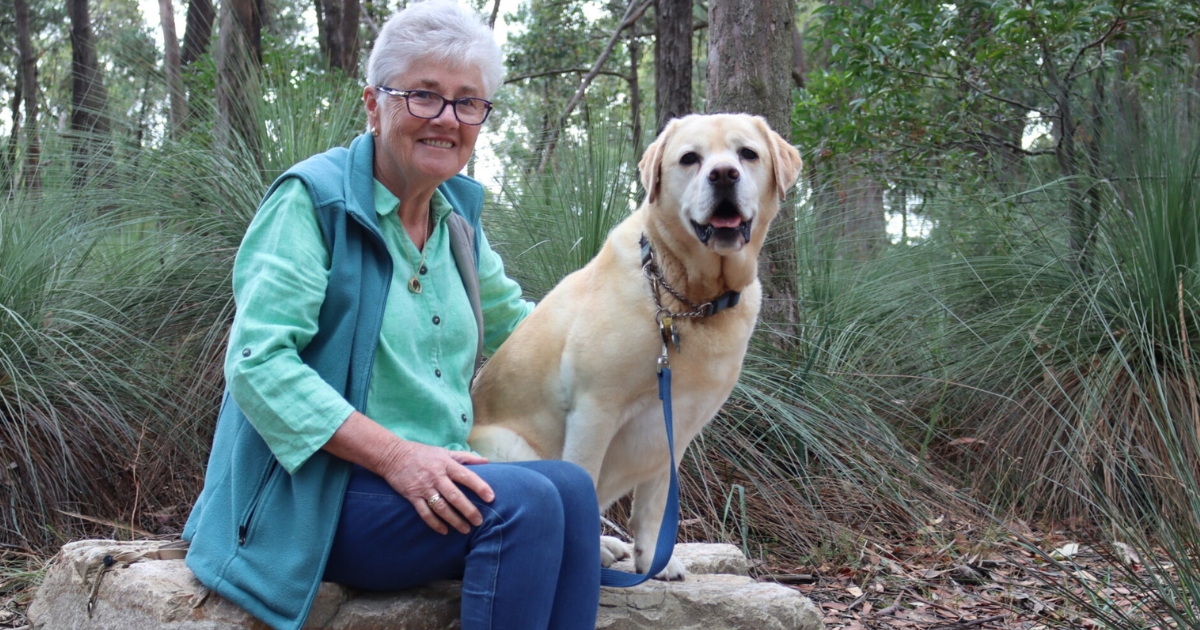A place to reflect at Linton’s historic cemetery

Work in progress: Linton Cemetery Trust committee member, Chris Grigg alongside the developing picnic table site. Photo: EDWINA WILLIAMS
LINTON Cemetery Trust’s monthly working bee will run from 9am to 12pm on Saturday, 8 August, compliant with social distancing rules.
Committee member, Chris Grigg said the focus will be completing the final installation of a picnic table and seating, as well as a general clean-up of treefall, mowing where needed and some beautification.
“We’re putting in a picnic setting because we think some people might travel a bit and bring a thermos, so this is somewhere they can sit, have a cup of tea and reflect,” he said.
“We commissioned the Linton and District Men’s Shed to build the table.”
The Trust has 10 members. Five or six are active at each working bee and usually at least one external volunteer lends a hand, but anyone is welcome to simply turn up and help.
“The week of each working bee, we put a sign up at the entry to town, and people are encouraged to come,” Mr Grigg said.
“Not only do we work, we always stop for morning tea, a cuppa and a chat about 10 o’clock, so there’s a social side to it.”
In 2019, the group received a $5000 volunteer grant from the Federal government, purchasing a ride-on mower, which will be utilised even more in upcoming months as spring arrives.
“It’s great to have that mower because we were relying on members bringing their own equipment, which they continue to do at each working bee. It’s taken pressure off.
“If those people aren’t there, at every working bee the mower is there as needed. At any time, someone can collect the mower and come up and do some work,” Mr Grigg said.
More recently, through the Department of Health and Human Services, the Trust received a $12,000 grant to remove some large, invasive pine trees.
“That’s been done, which now gives us the opportunity for further beautification and tree planting,” he said.
“The Trust members generally have a link to the cemetery through forebears. We value our cemetery, we think it’s beautiful and we want to maintain it in such a way.
“The cemetery was first gazetted in 1860. We have significant trees, like two bunya pines, and historic graves.”


















